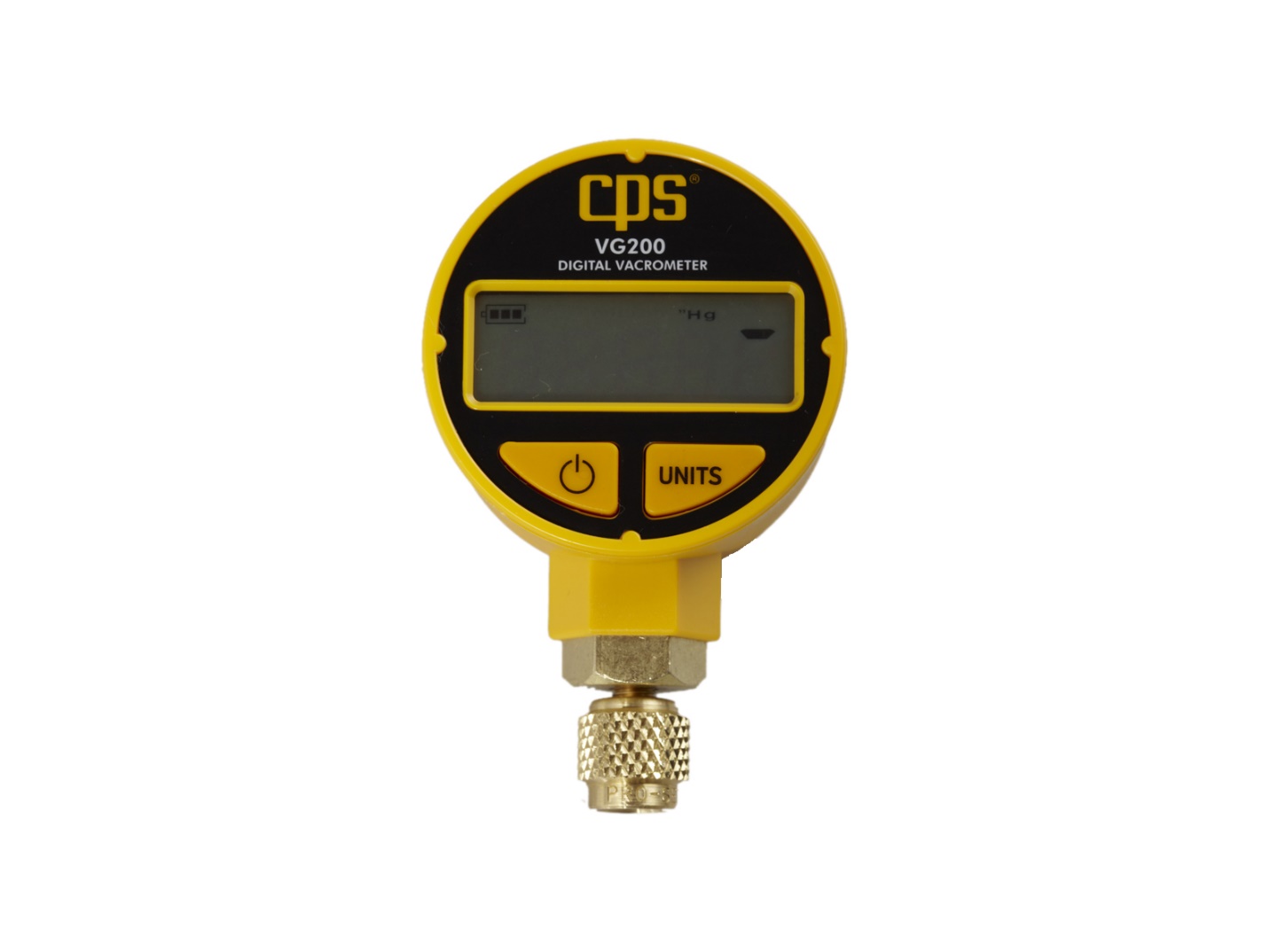Are you familiar with the role of vacuum gauges? These pressure-measuring instruments measure the pressure inside a vacuum. They operate on different technologies to provide precise measurements.
Wide-range models combine various technologies to cover a wider pressure range. Every type of gauge comes with its own advantages and limitations. It features a unique operating range, accuracy level, and benefits. The cost and maintenance differ as well.
We hope this guide provides you with a better understanding of the work of such instruments.
Categories
There are two main categories of vacuum gauges, direct and indirect. The former provides the vacuum system pressure without depending on the gas type. They only work at pressures over 10-4 mbar due to relying on the system molecules, which have a physical effect.
The latter functions on the basis of two methods, referring to ionization and thermal transfer. Both methods depend on the gas type, meaning you should know the gas that is being measured. Only by knowing the type of gas, a gas correction factor can be applied. Indirect instruments are further divided into active and passive. Most of the models available in the market are active.
Commonly used technologies
The range of vacuum gauge technologies is huge, providing different novel features. For instance, the Pirani gauge was invented back in 1906 by the physicist Marcello Pirani. Learn more about the structure and mode of operation of this instrument. It is an indirect gauge measuring the thermal conductivity of gases in a vacuum with the help of a heated element, like a thin-film membrane or wire.
Moreover, the wire is heated by a current, and it gradually loses heat. The rate of heat loss depends on the surrounding pressure. If it’s low, then heat loss will be low as well. The temperature of the wire undergoes a change in resistance in accordance with pressure changes.
Even though the Pirani gauge is simple, effective, and relatively sensitive, it only measures low to medium-range vacuum. Some of the modern features of these instruments include a color touchscreen display that monitors measurements.
Piezo (piezoelectric) gauges are categorized as direct instruments for performing pressure/vacuum measurements. The sensor of these devices consists of piezoelectric material with electrical properties, like resistance. These properties undergo change upon an application of stress.
In addition, this instrument performs mechanical stress measurements on a thin membrane whose job is to alter the stress on the piezoelectric material, which is necessary for triggering an electrical output signal change. The signal is supposed to correspond with the pressure.
There are certain wide-range instruments that combine multiple technologies. The role of a wide range vacuum gauge is to use a combination of various technologies for covering atmospheric pressure to ultra-high vacuum. The combination of two or three technologies offers a solution that’s compact and convenient.
Cold cathode gauges are categorized as indirect instruments, in which discharge is set up by the use of a magnetic field and a high-voltage electric field. They measure high to ultra-high vacuum. In contrast, hot cathode ionization gauges use a hot wire to enable electron production through thermionic emission.
Furthermore, the produced electrons are attracted to an anode, which looks like a grid. The current measurement is an indicator of the vacuum level. The only disadvantage of this technology is the need for frequent maintenance. The U Tube manometer is unquestionably the most basic technology, as liquid mercury height is used for vacuum measurement.
Vacuum levels
These levels are an incredibly important consideration when choosing a technology. There are four vacuum ranges to consider, including rough, medium, high, and ultra-high. The rough range starts at just above the atmosphere to a single mbar.
The medium-range is between one mbar and 10-3 mbar. The high range starts at 10-3 mbar and reaches 10-9 mbar, whereas the ultra-high range reaches 10-12 mbar. See this URL, https://www.britannica.com/science/millibar, to learn more about the millibar unit of measurement.
In general, the instruments operating in rough to medium levels are considered more accurate compared to those functioning at medium to ultra-high levels.
Also, direct gauges are believed to be more accurate than indirect ones. The accuracy of the former is between 0.2 and 2 percent, which gets reduced as the pressure keeps on dropping. The accuracy of the latter is much higher, between ten and thirty percent, based on the type of product.
Cost
The cost of these instruments is influenced by two factors, accuracy, and pressure range. High accuracy is known to increase the cost. When it comes to the pressure range, integrated gauges are costlier than traditional ones, as they cover a wider range.
The bottom line
By looking at your system requirements, you can easily narrow down the selection of such pressure-measuring instruments.
Find the most effective solution for your requirements!
Read Also:





















